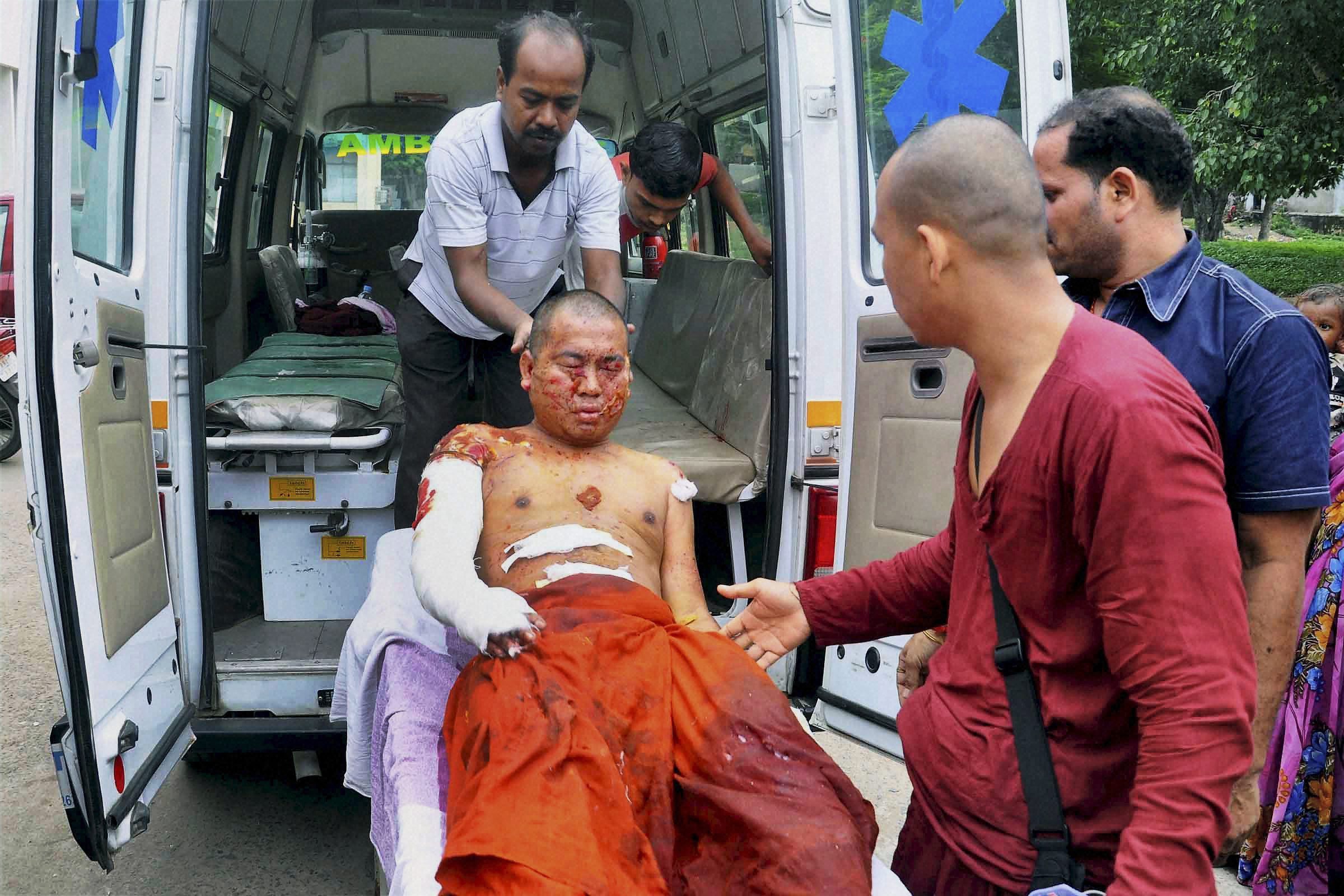
Every time the State decides to kill a convict to tell the people that it has avenged the victims of a crime, what it upholds — more than liberty, equality and justice, the values most 21stcentury systems of governance swear by — is its authority to decide who can live and who has to die. No wonder judicial murder in the name of justice never fails to raise the hackles of those who find the idea too abhorrent to find place in a modern democracy. The latest to hit the headlines was Yakub Memon, convicted for a peripheral role in the 1993 Mumbai bombings and on death row since 2007 when a special court convened under the draconian Terrorist and Disruptive Activities (Prevention) Act (TADA) — a law that drew so much flak for violating the basic principles of justice that it had been allowed to lapse in 1995, 10 years after it was first enforced — found him guilty of conspiracy. The Supreme Court confirmed the sentence in 2013. All through July, when it seemed that the decks were being cleared for hanging Memon, the spotlight was back once again on the pros and cons of death penalty as a form of administering justice.
Despite the moral, political and ethical arguments raised against it, capital punishment continues to be remedial measure that the State resorts to in the “rarest of rare” occasions. Amnesty International in its survey Death Sentence and Executions in 2014 says that a total of 64 people were awarded death penalties in India last year. In the previous year, 72 people had been sentenced to death.
In 1980, the Supreme Court held that death penalty was an exception that could be awarded only in the “rarest of rare” cases. But when is a crime to be seen as “rarest of the rare”? That is where the question of who will live and who will die enters a grey area as the judges decide whether a crime belongs to that category or not. There has been considerable debate over the past few years over how the judiciary gets influenced by its perception of the “collective conscience” of society in deciding to send a convict to the gallows and how campaigns by political parties and sections of the media and civil society play a key role in defining the judiciary’s perception in high-profile cases, especially when it concerns “national security” and sexual violence.
A recent report of the Death Penalty Research Project of the National Law University, New Delhi (nlud), reveals that most of the death-row convicts are from the underprivileged sections of society and raises serious questions on the criteria courts adopt to classify certain cases as “rarest of rare”.
For Whom the Noose Tightens and What It Tells the Rest
The NLUD report was not the first to make such an assertion about how the death penalty is given almost exclusively to people from the minorities, exploited castes and oppressed castes. Human rights activists have long maintained that political, religious and ethnic prejudice play a part in adjudication and sentencing. To drive home the point, late human rights activist KG Kannabiran cited the case of two Dalit peasants, Kishta Goud and Bhoomaiah, who were hanged during the Emergency. That was a time when militant agrarian struggles were raging in different parts of the country, including Andhra Pradesh, against the atrocities committed by feudal landlords and peasants, most of them landless, were demanding the constitutional promise of “land to the tiller” to be implemented. Kishta and Bhoomaiah were accused of killing a landlord and sentenced to death.
Kannabiran, who was at the frontline of the campaign against death penalty, wrote the two Dalit peasants would not have been hanged had they not been seen as Naxalites. The decision to hang them was not meant to serve the cause of justice after a crime had been committed, but to send out a political message to the rural poor who were being mobilised by the communist rebels in various parts of the country. It was the State telling the poor citizens that if you fight for “land to the tiller and power to the people”, you will be put to death. It was a sort of “propaganda by deed” on the part of the establishment to counter the political campaign of the Naxalites that was finding resonance among large sections of the country’s poor.
After the President rejected the mercy petitions and a date was fixed for the execution, Kannabiran moved the Andhra Pradesh High Court to reconsider the decision. The vacation bench of Justice Chinnappa Reddy stayed the execution. But, by the time the case came up for hearing, Reddy had been transferred and Emergency imposed. The petition was summarily dismissed.
The arguments in the Supreme Court, the next stage of appeal, were based on two points: One, they were “political prisoners” and so the case had to be treated differently; and two, there was a growing sentiment among the people against death penalty. While accepting that political offences were distinct from criminal acts, the bench headed by Justice VR Krishna Iyer pointed out that the Indian Penal Code (IPC) does not make such a classification. Indeed, the law of the land does not recognise the existence of political crime and political prisoners. The apex court also observed that the death sentence was awarded in 1972 and “it was too late to repair the damage”. In other words, the court acknowledged that there are differences between political and criminal acts, but did not let that view influence its decision on the hanging of Kishta and Bhoomaiah as it had to go by the letter of the ipc. Many pro-democracy activists and writers during that time denounced the court verdict as merely reflecting the ideology of the Emergency regime.
Looking at the profile of Indian citizens hanged since then, Anup Surendranath of nlud, who has done extensive research on death-row convicts, tells Tehelka that the death penalty is not imposed as a deterrent but to send a political message. Every execution reassures the State of its absolute power over citizens. Surendranath argues that if the death penalty was meant to be a deterrent, then most of those on death row would have been from the zones of conflict across the land. But that, he points out, is not the case because “in the conflict zones, the State doesn’t have the patience to go through the judicial process”. “There, extrajudicial murder is clearly the most favoured form of execution,” he says.




